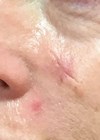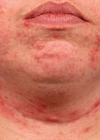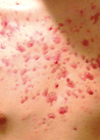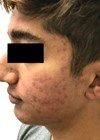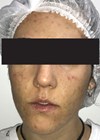Laser and light-based technologies have expanded the therapeutic arsenal for acne, and can improve the skin appearance of inflammatory acne and scarring in a short time, which increases patient compliance and satisfaction.
Acne is an inflammatory dermatosis in which pathophysiological seborrhoea, follicular hyperkeratosis and perifollicular inflammation are in the foreground. Depending on the severity, it is treated topically or in combination with systemic medication.
Laser and light-based therapies are effective procedures with minimal side-effects in the treatment of acne. With the Selective Waveband Technology (SWT®), in which only certain wavelengths of intense pulsed light (IPL) are applied, inflammatory teenage acne, acne tarda or inflammatory rosacea can be treated (using the Nordlys™ multifunctional platform). This technology causes a higher absorption in the target chromophore thanks to special water filters, which enables a treatment with reduced energy. Compared to other IPL devices, there are fewer side-effects such as erythema, swelling and pain [1]. Even in the highly inflammatory stage of acne, treatment with SWT® can reduce the number of bacteria and thus pro-inflammatory triggers. As a result, the inflammation and the severity of the acne, improves quickly and significantly. This is most likely due to reduced sebum production, which rebalances the skin microbiome and reduces the number of Cutibacterium acnes [2]. Treatment with IPL also leads to a histologically confirmed reduction of inflammatory cells [3].
The Frax 1550™ is a non-ablative fractional laser that improves the skin texture in a targeted manner and induces dermal remodelling in already formed acne scars without causing side-effects such as infections or post-inflammatory hyperpigmentation. As a diode laser with a targeted wavelength of 1550nm, the Frax 1550 reaches up to 800μm deep into the dermis and leads to thermally coagulated microscopic zones, which in turn support dermal remodelling. In fractional mode, approximately 25% of the skin area is treated. The surrounding non-injured cells serve as a reservoir from which rapid and safe healing and new collagen formation starts [4]. This is an effective treatment that spares patients a long downtime.
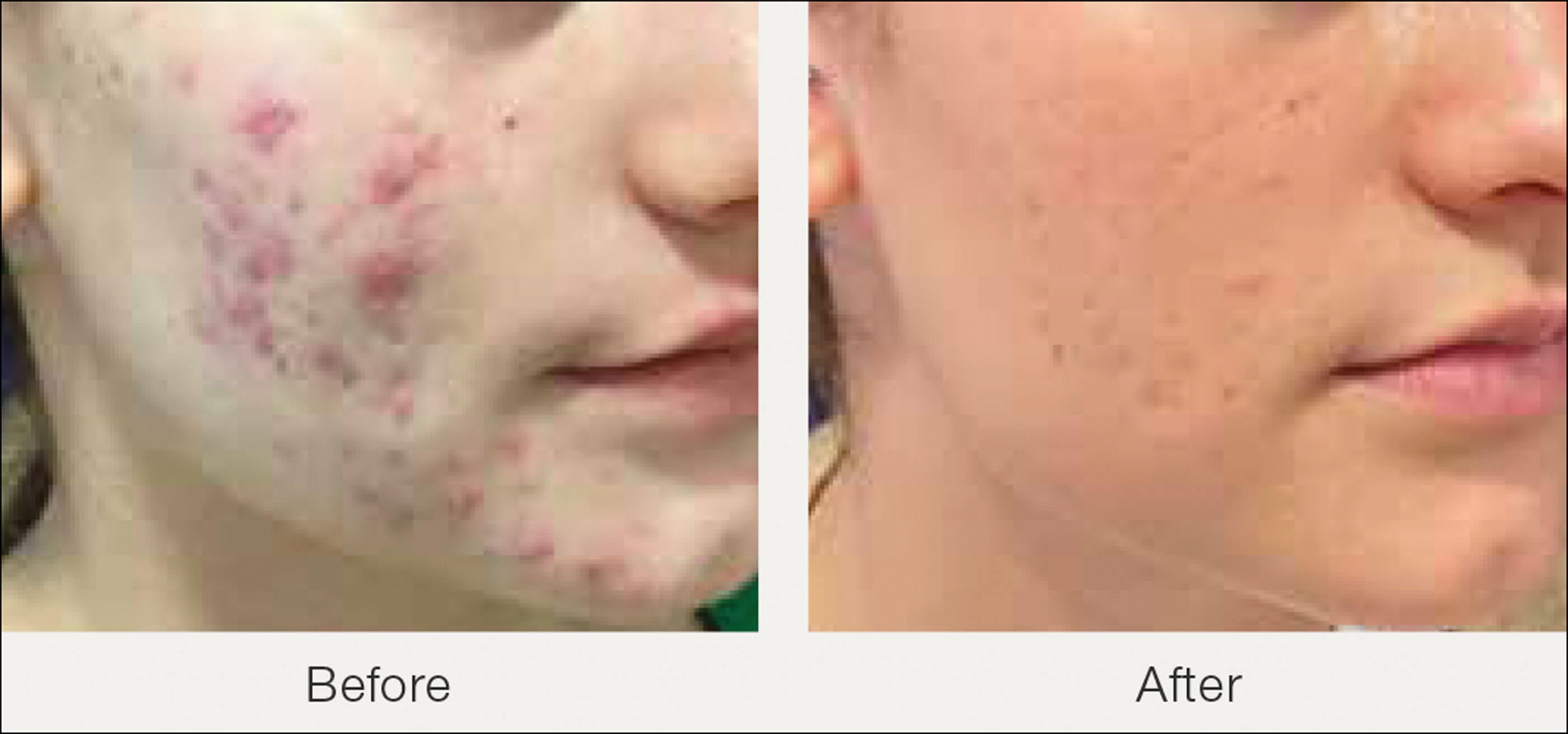
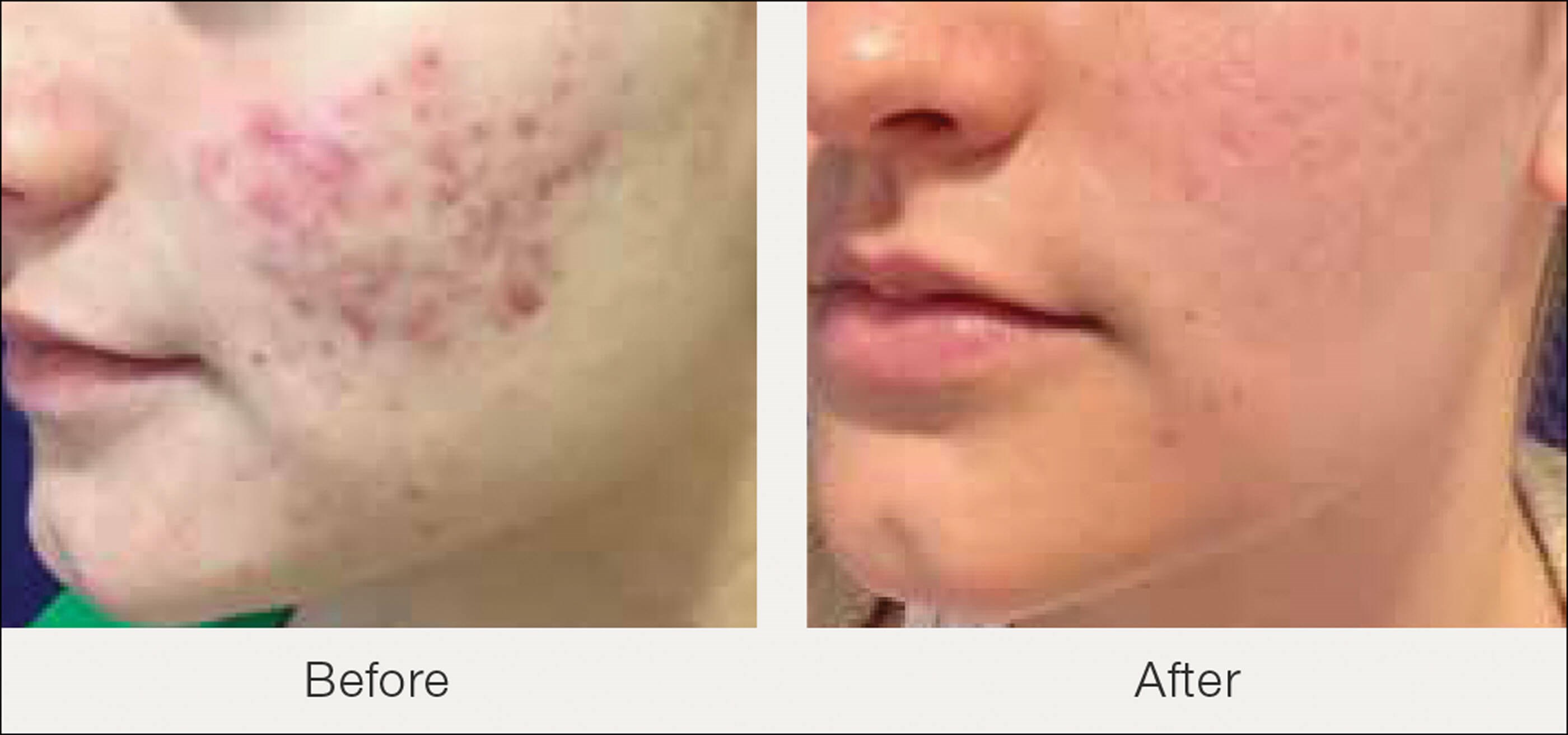
Figure 1.
Case report
A 15-year-old patient (Figure 1) presented for optimisation of her acne therapy. At the time of the first consultation, she was suffering from very severe inflammatory papulopustular acne conglobata with already developed acne scars, especially in the cheek area. The patient had already been taking isotretinoin 20mg (‘low dose’) for three months. On the recommendation of the pre-treatment dermatologist, no topical treatment or targeted skin care was given. The patient was expressly warned against laser therapy, which was contraindicated while taking isotretinoin.
We recommended an intensified combination therapy consisting of SWT® narrowband IPL, Frax 1550™, isotretinoin and topical skin treatment with acne-specific wash lotions, as well as an antibacterial and cornification dissolving peeling gel. In addition, we recommended combined laser treatments to the patient to improve inflammation and skin texture.
Session 1: Two ‘passes’ SWT PR 530 with a fluence of 7J/cm2 as a double pulse (3.5J/cm2 each) with 2.5ms; for deeper located pustules fluence of 10J/cm2 as single pulse with 10ms.
Session 2 (four weeks later): SWT PR 530 for single pustules with a fluence of 7J/cm2 as a double pulse; additionally Frax 1550 40mJ, 25% coverage, three passes.
Session 3 (four weeks later): Frax 1550 with 40mJ, 25% coverage, three passes.
Conclusion
Modern acne therapy should always combine several treatment pillars. Since highly inflammatory acne carries a high risk of permanent scars, we recommend intensifying the therapy at an early stage, also with low-dose isotretinoin.
Laser and light-based procedures are nowadays an integral part of the therapy of acne patients of all ages, as they are very potent and have few side-effects. SWT® narrowband IPL treatments result in the reduction of inflammatory triggers as well as sebum production. The non-ablative fractional laser treatment with Frax 1550®™ leads to dermal remodelling even in the inflammatory phase and reduces already formed scars.
References
1. Bjerring P, Christiansen K, Troilius A, Dierickx C. Facial photo rejuvenation using two different intense pulsed light (IPL) wavelength bands. Lasers Surg Med 2004;34:120-6.
2. Liu J, Liu L, Zhou L, et al. The effect of intense pulsed light on the skin microbiota and epidermal barrier in patients with mild to moderate acne vulgaris. Lasers Surg Med 2021;53(10):1348-55.
3. Barakat MT, Moftah NH, El Khayyat MAM, Abdelhakim ZA. Significant reduction of inflammation and sebaceous glands size in acne vulgaris lesions after intense pulsed light treatment. Dermatol Ther 2017;30(1).
4. Perper M, Tsatalis J, Eber AE, et al. Lasers in the treatment of acne. G Ital Dermatol Venereol 2017;152:360-72.
Declaration of competing interests: Dr Ahnhudt-Franke has received renumeration from Candela Medical for attending and speaking at conferences.
COMMENTS ARE WELCOME




